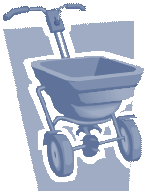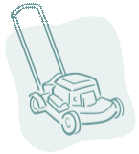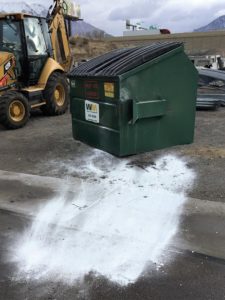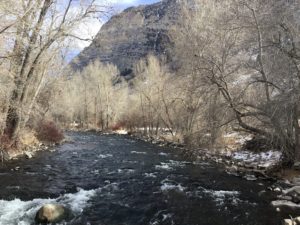Pesticides are chemicals used to kill or repel pests. Pesticides include herbicides (Which kill plants), insecticides (which kill insects) and fungicides (which kill fungi).
The pesticides used in a yard are poisons and may pose a health threat to the person applying them if not handled carefully. They also pose a threat to animals, plants, and insects beyond the intended pests. Honeybees are an example of non-target organisms. They are very susceptible to many household pesticides such as carbaryl (sevin) and chlorpyrifos. Other non-targets include ladybird beetles, which are natural biological pest controls, and fish, which can suffer direct poisoning from the household insecticides, permethrin, resmethrin, pyrethrin, and rotenone washed into a stream or lake. Studies have detected pesticides in 97% of urban stream water samples. Pesticides have been linked to hormonal imbalances in fish.
Until recently, groundwater was thought to be immune from the many chemicals used on lawns and gardens. However, contamination may occur when polluted surface water moves through the soil to the water table.
Integrated Pest Management

When we see weeds or insects invading our favorite plants, our first response is often to apply a pesticide. Some people even apply a pesticide to prevent invasions by pests. Both of these automatic responses lead to unnecessary pesticide use. A better approach is Integrated Pest Management (IPM).
Cultural Control
Cultural pest control methods attempt to create optimal growing conditions for plans and unfavorable conditions for pests. Methods include:
For Gardens
- Select disease-resistant varieties of plants.
- Plant varieties adapted to the geographic and soil conditions.
- Maintain a rich, fertile soil, with the proper pH for the plants being grown.
- Rotate plants to disrupt the life cycle of pests (this is called crop rotation).
- Plant and harvest early to promote healthier, stronger plants and avoid peak insect populations.
- Remove pest-infected plant residue in the fall.
- Plant a wide variety of crops to reduce potential pest problems.
- Evaluate the availability of sunlight and water. Most garden plants need plenty of each to help control pest problems.
For Lawns
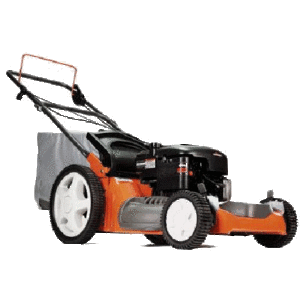
Proper mowing heights are important. Set the mower to cut at 3 inches or higher. Mow often, each time the grass reaches 4 inches. (It’s important not to cut more than one-third of the height.) On troublesome spots, remember that improper light, moisture or soil conditions discourage good turf. Use of shade-tolerant grasses, bringing in topsoil, or switching to alternative ground covers may be the answer.
Biological Control
Numerous organisms feed upon or infect insect pests. These biological controls frequently prevent the insect pollution from reaching damaging levels. Three types of natural enemies are:
- Predators – Such as ladybird beetles, ground beetles and birds that consume many pests in their lifetime.
- Parasites – such as the trichogamma wasp, which will generally consume one individual insect pest during its own lifetime.
- Pathogens – such as fungi, bacteria, and viruses which infect many insect pests simultaneously.
- Minimizing the use of pesticides on lawns and gardens allows these natural enemies to thrive, helping to keep pest populations in control.
Source: Yard Care And The Environment by the West Valley City Storm Water Utility
Resources: What are pesticides?, Pesticides, Household Hazardous Waste, Stormwater Runoff & Pesticides, Pesticides, Herbicides, & Stormwater, Stormwater Management: Pesticide Use in the Lawn and Garden
